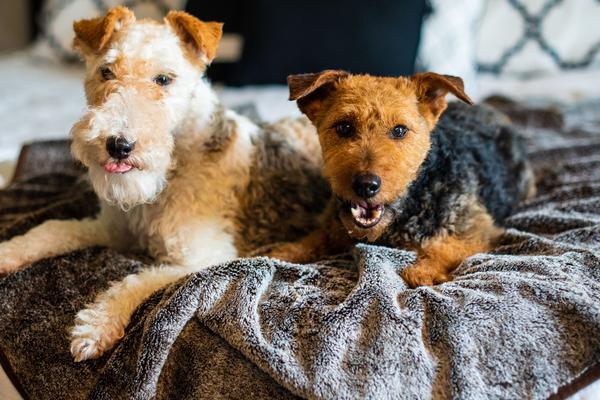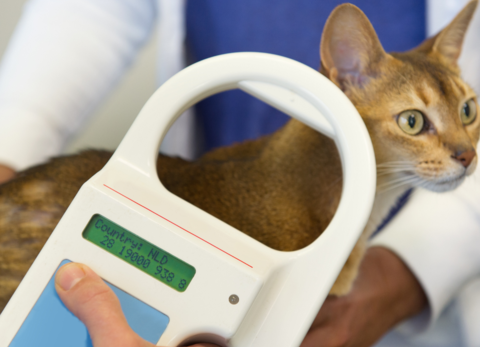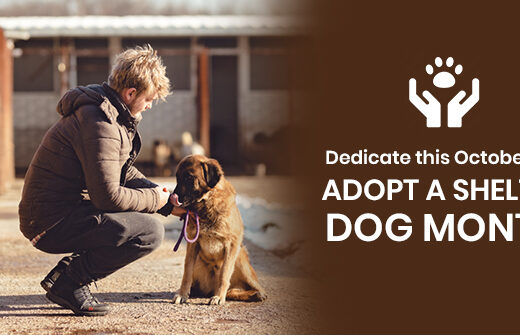Just like many humans experience fear and anxiety, our furry companions also can undergo these symptoms from time to time. Do not worry if you think your pup may be facing these emotions, as fear and anxiety are fairly common in dogs. We understand how frustrating and difficult it can be to try to identify the source of what is making your dog scared or anxious, on top of finding the best and most effective ways to treat it. It is important to fully understand the causes and symptoms of anxiety in dogs before looking for treatments, which is why we have highlighted the full process below.

How to Tell If Your Dog Has Fear and Anxiety
Though it is normal for every dog to be afraid at one point or another in its life, a dog’s fear response can sometimes lead to dangerous behaviors and unhealthy lifestyles. Dogs can become scared when they perceive a person or situation that presents any type of threat, with their nervous system readying their body with the freeze, fight or flight syndrome. Some dogs’ fears may develop into phobias, which is most commonly associated with loud noises, due to a traumatic experience or bad memory. Anxiety, on the other hand, is the anticipation of potential dangers or threats. Separation anxiety is the most common type of anxiety in dogs, which can cause them to defecate indoors, bark, cry, pant or pace. While the range of symptoms can vary between dogs, there are a number of other indications to look for that will help tell if your dog has fear and anxiety. These signs include trembling, tucking their tail between their legs or hiding under furniture. It is also important to note that some dog breeds are more susceptible to anxiety than others. Breeds that have high levels of intense fear include Bernese Mountain dogs, Dalmatians, German Shorthaired Pointers, Great Pyrenees, Siberian Huskies and Standard Poodles among others.
Causes of Fear and Anxiety Within Your Dog
While there can be many contributing factors that cause your dog to become scared or anxious, the three most frequent causes are separation anxiety, loud noises such as thunderstorms or fireworks, and stressful social encounters with other dogs or humans. Dogs are most likely to develop phobias between the ages of one and three, most commonly caused by owners abandoning them or abusing them. During the puppy stage, life can quickly become scary for young dogs if they are stripped of valuable social and environmental experiences early on, making them unsure how to interact and behave around other animals and humans in the future. Medical issues can also cause anxiety in dogs. More specifically, dogs who have encephalitis, hypothyroidism and thyrotoxicosis may be more prone to anxiety. It is important to seek medical attention from a veterinarian while attempting to diagnose your dog’s fear and anxiety. This will allow your vet to confirm or reject any underlying medical conditions that could be causing the behavior.





